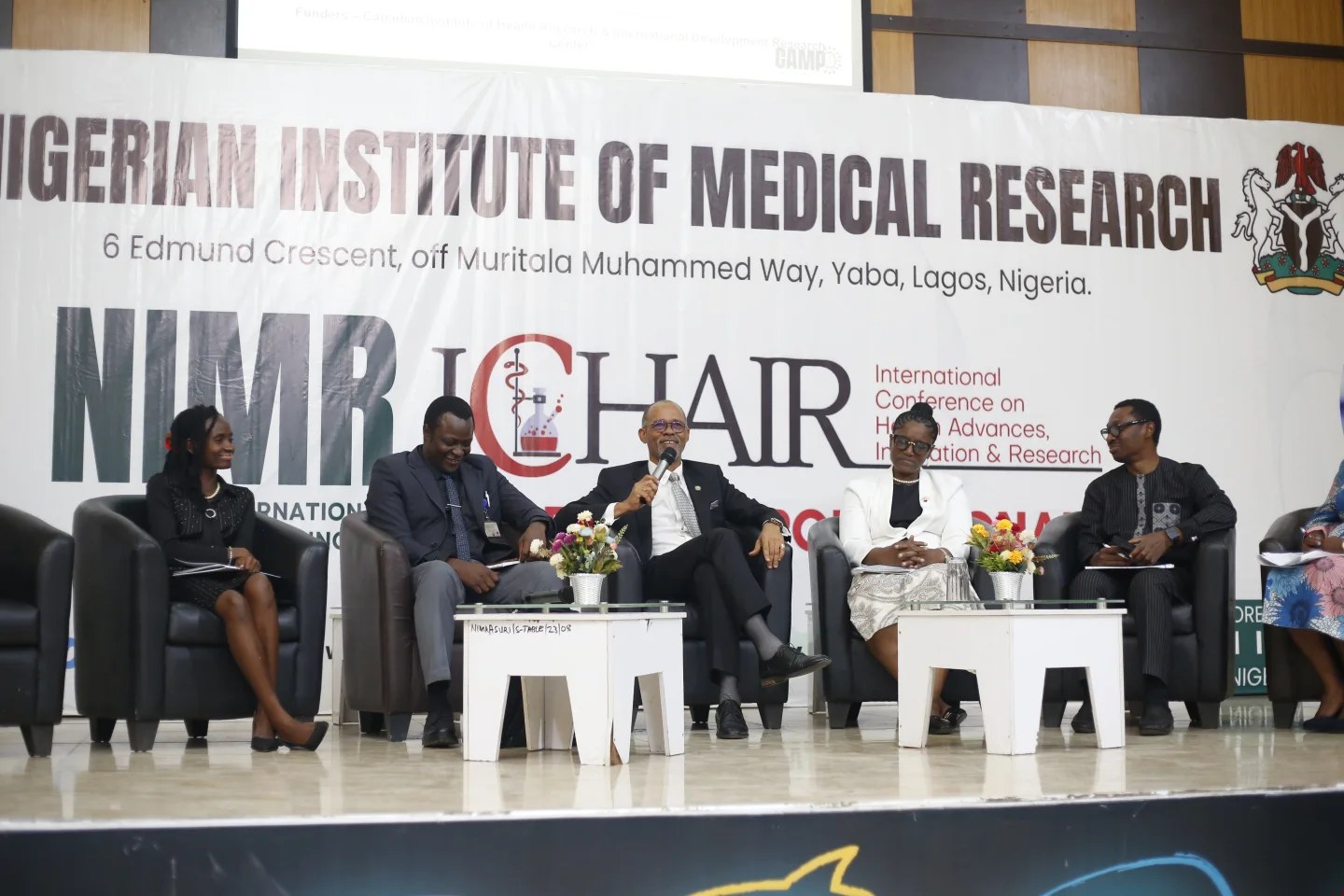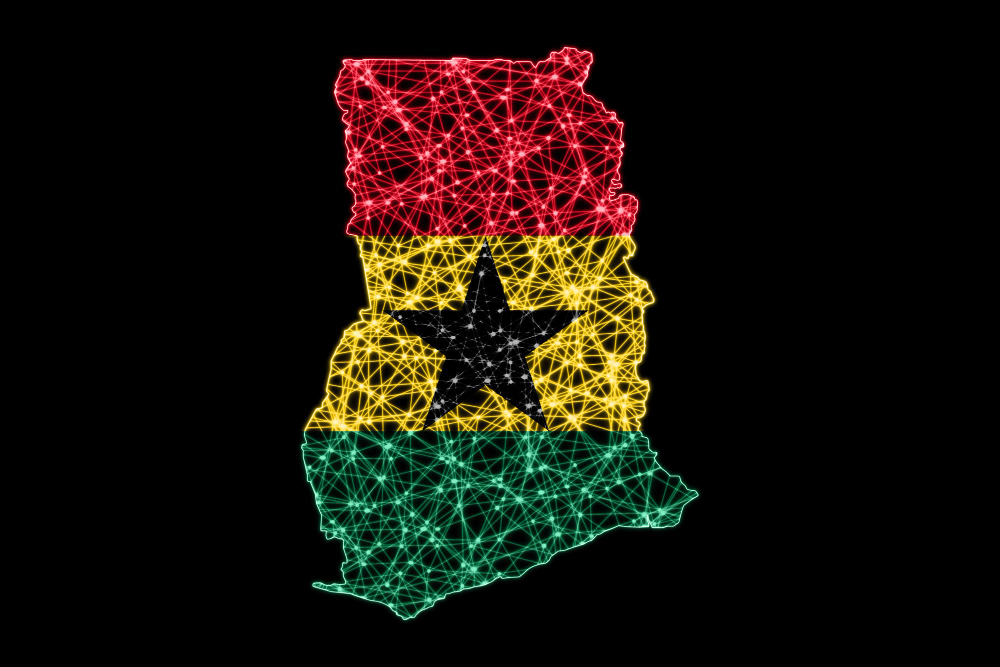Across Africa, hospitals have always carried the weight of more patients than hands to care for them. In rural villages, illness often arrives faster than help. Mothers walk miles under the scorching sun for a clinic visit. A child with fever might wait days before seeing a doctor, simply because there are not enough doctors to see.
The numbers tell their own story: more than a quarter of the world’s disease burden rests on Africa’s shoulders, yet the continent has only a tiny fraction of the global health workforce to carry it. In many communities, a single nurse becomes the lifeline for hundreds — sometimes thousands — of people. Every day is a race against time, distance, and limited resources.
Even where hospitals exist, diagnostic equipment can be scarce. A stubborn cough might take weeks to be confirmed as tuberculosis. A newborn in distress might not receive help fast enough because a trained specialist is hours away. For too long, preventable deaths remained heartbreakingly common — not for lack of knowledge, but for lack of access.
Yet, in the midst of these challenges, something was changing.
Mobile phones began to appear in the hands of farmers, market women, and teenagers alike. Connectivity spread across cities and into villages. A digital light began to flicker, offering new possibilities. What if solutions didn’t always have to come from a physical hospital? What if the expertise of a skilled doctor could travel faster than an ambulance? What if technology could help save lives where human resources fell short?
This question marked the quiet beginning of a new chapter.
Artificial Intelligence — once considered distant and futuristic — was slowly finding its way into Africa’s health systems. Not with robots or high-tech hospital rooms, but with simple, smart tools designed for real needs. It did not arrive as a single breakthrough moment. Instead, it crept in through innovation, collaboration, and the relentless desire to save more lives with what was available.
Africa’s journey with AI in healthcare did not start with luxury.
It started with urgency.
Where It All Started- Digital Health Before AI
Before the emergence of Artificial Intelligence was a digital shift through mobile phones. As early as the late 1990s and early 2000s, healthcare leaders started to notice that mobile networks were spreading faster than hospitals could be built. Text messaging became a low-cost lifeline. Patients battling HIV or tuberculosis began receiving SMS reminders to take their medications. Expectant mothers received messages about antenatal care and danger signs to watch for. Health workers recorded vaccination numbers and disease outbreaks on simple mobile data tools instead of paper sheets that could be lost or delayed. These first digital health solutions weren’t called “AI”, but they laid the foundations for it. With every message sent and every symptom recorded, data began to accumulate — data that could later fuel intelligent systems. There was a growing understanding that technology could bring care to people faster, and help clinicians make better decisions even from afar.
Then came telemedicine — doctors offering guidance to patients in remote areas through phone calls, and later via video consultations. This bridged distances that once cost lives. Meanwhile, diagnostic devices became more portable and smarter, capable of connecting to phones or computers for expert support.
By the mid-2010s, a new question emerged:
If digital tools can connect patients to care…
Could smarter tools help predict and diagnose illness too?
That was the moment the conversation changed from digital access…
to digital intelligence.
The Rise of Intelligent Health Solutions (2015–2019)
The true era of artificial intelligence in African healthcare began around 2015, the moment when digital health tools started evolving from simple assistance to smart decision-making systems. Although the first wave of artificial intelligence tools in healthcare often originated outside Africa, the continent quickly adapted and began its own innovations. Today, Africa is shifting from being a recipient of imported AI solutions to being a creator of locally-relevant AI health technologies. What if a computer could detect a disease as early as a specialist?
What if a village clinic could have the power of a diagnostic lab in a smartphone? – These were the new waves of questions running in minds.
This thinking sparked the launch of pioneering AI solutions tailored to African realities: Innovation born from necessity
In 2016, engineers and clinicians collaborated on AI algorithms that could analyze medical images – helping detect diseases faster than long diagnostic queues permitted. An example is Qure.ai’s system, which uses AI and deep learning to provide automated interpretation of radiology exams like X-rays, CTs and Ultrasounds scans (1).
Startups began developing AI-powered decision support tools, guiding healthcare workers who had training gaps but enormous responsibilities, e.g Zimbabwe’s Dr. Cadx – Designed to diagnose lung diseases like pneumonia and lung cancer, as well as head injuries and breast cancer(2).
By 2017 – 2018, maternal and newborn health saw a breakthrough with digital systems capable of analyzing symptoms, voice, and vital data to flag risks early. We had Ghana’s MinoHealth– An AI system which can predict and diagnose conditions like breast cancer and other conditions, Egypt’s Intixel which assists radiologists in making diagnosis by annotating abnormalities in scans and many more AI innovations(3). Every step was designed around accessibility – tools that could run on low-cost devices, even with unstable internet.
Global health organizations and African governments began to recognize AI as a partner in solving long-standing health challenges. AI moved from experimental innovation to pilot programs, and then gradually into local healthcare systems.
At this stage, AI had officially entered African healthcare – and it was here to stay.
Breakthrough Moments – When AI Proved Its Value (2019–2022)
In 2019, AI was still a new guest in Africa’s hospitals – useful, but not yet trusted. That changed when the tools began proving something powerful: they could save lives faster than traditional systems alone. The COVID-19 pandemic played a vital role in accelerating the deployment of artificial intelligence (AI) across various domains, notably in healthcare. When the virus struck, technology moved from being optional to being a lifeline. Amid this crisis, artificial intelligence (AI) stepped up in addressing the pandemic’s multifaceted challenges, from tracking virus spread to supporting vaccine development and managing healthcare resources(4).
Suddenly, AI wasn’t a futuristic idea — it was a real-time response tool. Various sectors expanded investments.AI proved it could analyze faster, connect farther, and support deeper than traditional systems alone.
Where We Are Now – Quiet but Powerful Growth (2023–2025)
By 2023, more than 30 African countries had integrated digital health into national strategies, many with AI components, AI-powered diagnostic support tools for tuberculosis, cervical cancer, and malaria are increasingly used in primary healthcare settings, Hospitals in urban centers are deploying AI triage systems to prioritize critical patients and reduce waiting times, Medical schools and training institutes have begun introducing AI literacy modules, ensuring future clinicians understand how to use — and question – algorithmic decisions, Simulation tools are being used for emergency and imaging training, improving accuracy and speed in diagnosis, Outbreak prediction models trained on real-time disease data are supporting better preparedness and response, AI-driven supply chain tools are reducing stockouts of essential medicines and vaccines.
By 2024, key governments had established or drafted frameworks for responsible AI, data protection, and cybersecurity: Standards for health data collection and sharing, Ethical guidelines on algorithm transparency, Privacy protections to secure patient information
And now in 2025, AI is deeply embedded in the region’s healthcare transformation. Today, artificial intelligence is no longer experimental in African healthcare – it is actively shaping patient care, workforce support, and disease prevention. Progress has been steady, data-driven, and guided by local innovation. AI is now treated as a structural component of future healthcare systems.
With all of these, it is still a Work in Progress. Even with growth, many facilities continue to face limited and inconsistent electricity supply, gaps in digital infrastructure in rural regions, and a need for local datasets to reduce algorithm bias. Then, people who are yet to accept it.
From the first spark of innovation in 2016, when engineers and clinicians joined forces to teach machines how to read medical images, to the rise of AI-powered tools supporting overburdened health workers and the quiet revolution in maternal and newborn care, Africa’s journey with artificial intelligence in healthcare has been one of resilience, creativity, and transformation.
What began as borrowed technology has grown into homegrown innovation, shaped by the continent’s unique challenges and hopes. As AI continues to evolve, its true power in Africa lies not just in algorithms, but in the people and communities determined to use it for healing, equity, and a healthier future for all.
References
1. Philomena Apiko, Melody Musoni. Realising the potential of AI for diagnostics in Africa: From barriers to scalability. 2025; Available from: https://ecdpm.org/application/files/8017/5881/0063/Realising-Potential-AI-Diagnostics-Africa-Barriers-Scalability-ECDPM-Discussion-Paper-394-2025.pdf
2. Gabriella Mulligan. 12 African startups to watch in 2017. 2017; Available from: https://disruptafrica.com/2017/01/04/12-african-startups-to-watch-in-2017/
3. Akingbola A, Adegbesan A, Ojo O, Otumara JU, Alao UH. Artificial Intelligence And Cancer Care in Africa. Journal of Medicine, Surgery, and Public Health. 2024 Aug;3:100132.
4. Ding X, Shang B, Xie C, Xin J, Yu F. Artificial intelligence in the COVID-19 pandemic: balancing benefits and ethical challenges in China’s response. Humanit Soc Sci Commun. 2025 Feb 23;12(1):245.




